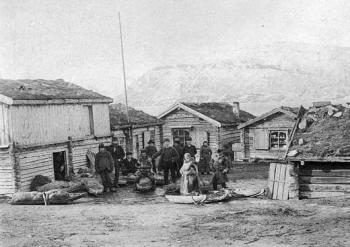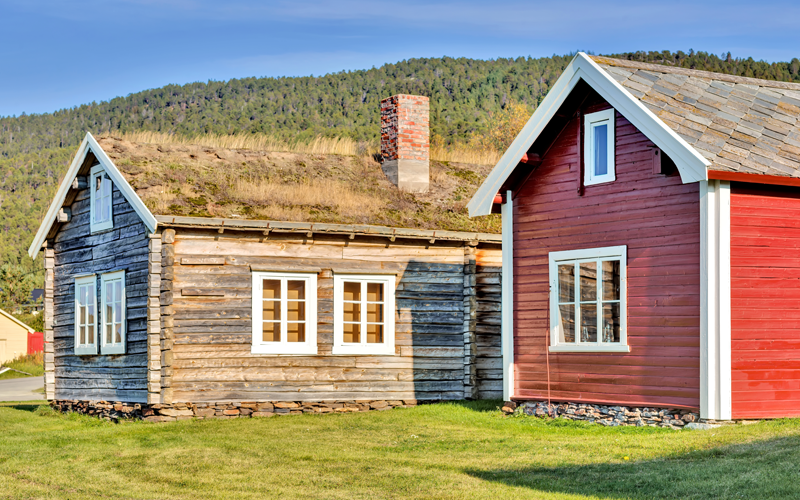Skibotn Markedsplass

The Skibotn marketplace is Nord-Troms museum main historical site in Storfjord municipality.
How to get there
Skiboth Marketplace is found in Skibotn just off the E6, ca. 3 kilometres north of the E6-E8 intersection.

The marketplace and Læstadianism
The Skibotn market was the gateway for læstadianism til North Troms and held great importance as a missionary- and gathering place for the læstadianists. The vicar Lars Levi Læstadius in Karesuando sendt missionaries to Skibotn in 1848. Læstadius’ preaching led to a spiritual revival that spread throughout the northern hemisphere.
The Læstadianist movement gained many followers in the Sami and Kven population in particular. One of the reasons was that the preachers used the language the locals used and used symbolism from daily life. Alcoholism was a large societal issue at the time and the preachers spoke against the bigotry of the priests that both preached the word of God and sold strong liquor. The preachers raised the locals own perception of themselves by saying a simple, frugal life made it easier to get into Heaven.
During the 1930s the Læstadianists stabilized as an influential movement within North Troms. It is part of the Norwegian church, in spite of often disagreeing with the national councils’ political decisions. When the markets at Skibotn were still being held, the Læstadianists held large gatherings during the market. While the markets stopped in 1955, the Læstadianists kept up their activities, and are still meeting in Skibotn every November.




